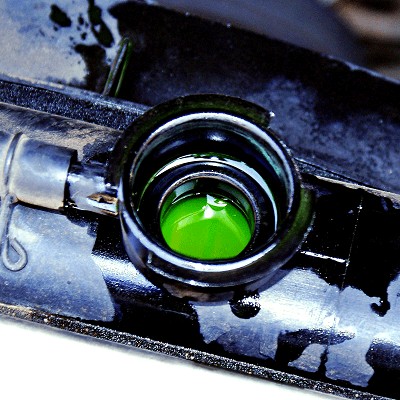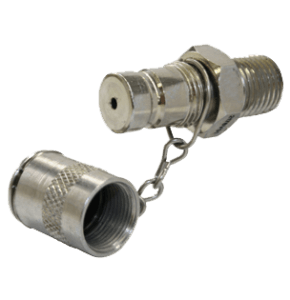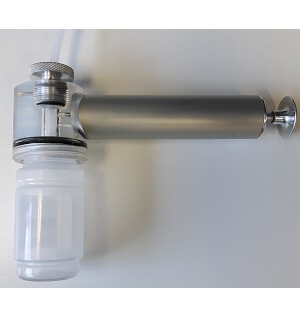Rapidly changing engine technologies have placed much tougher demands on engine cooling systems. Today’s coolant formulations are more advanced than ever, but the fact remains that 50% of all premature engine failures are related to cooling system performance. Cooling systems are often neglected but unresolved issues within the coolant can rapidly lead to much bigger problems relating to engines, transmissions or hydraulics.
Routine coolant analysis verifies that the right coolant is in service, that correct chemical balances are being maintained and that the integrity of the cooling system has not been compromised by mechanical issues.
Benefits of Coolant Analysis
- Verifies the proper coolant is being used
- Verifies coolant inhibitor levels are acceptable
- Verifies coolant is suitable for continued use
- Provides an overall assessment of the cooling system
- Identifies potential issues with the coolant or cooling system at an early stage (before costly failures occur)

Coolant Analysis Options & Resources
Coolant (antifreeze) is often the most neglected fluid in most vehicles with more than more than 2/3 of cooling system repair jobs being performed on an emergency basis. With coolant system failures cited as one of the most common causes of roadside breakdowns, regular coolant analysis should be considered an important part of your maintenance program.
Download the quick reference recommended Coolant test overview.
Check Coolant Level (Daily)
- Keep coolant topped up at all times
- All cooling systems are prone to leakage
- Low coolant levels introduce air, which rapidly degrades coolant and promotes corrosion
Check Coolant Concentrations (During Maintenance or 2x / year)
- Water transfers heat better / Glycol prevents freezing
- 50:50 ratio is typical, 60:40 used for cold-weather operation
Check Inhibitor Levels (During Maintenance or 2x / year)
- Corrosion inhibitors are depleted over time
- Conventional coolants may require addition of SCA (supplemental coolant additive)
- Extended Life Coolants (ELC) inhibitors are more stable over longer periods

BASE TEST
- Physical Appearance Color / Clarity / Odor / Precipitates
- pH
- Conductivity
- Nitrites by Titration
- Refractive Index Freeze Point / Boiling Point / % Glycol
Note: Tests are not sold on an individual basis
Optional Tests
- Carboxylates – can be added to base test depending on coolant formulation
- Reserve Alkalinity

Note:
- Credit card purchase only.
- Estimates for volume orders: Contact Customer Care or your Account Manager at 877-962-2400.
- If using a Purchase Order, complete the Sample Kit Order Form.
From Valve (Preferred Method)
- Set the engine at low idle
- Locate valve, remove dust cap, wipe clean
- Pushbutton Valve:
- Push to start flow of coolant
- KST-Series Valve:
- Use Sample Probe to start the flow of coolant from the valve
- Note: be sure to take proper safety precautions as coolant may be hot


Using Sample Pump
- Ensure engine has been shut down for 1-2 hours
- Carefully remove radiator cap (NOTE: Safety issue – do not remove cap if hot)
- Thread sample bottle and tubing onto sample pump
- Insert plastic tubing into radiator tank
- Pull plunger on sample pump to collect sample

Coolant Insights
Take the next step
Depend on over 40 years of experience in fluid testing and analysis to improve your predictive maintenance programs and reduce unplanned downtime.
Contact Fluid Life to develop and implement a Coolant Analysis program that fits your needs.
WE’RE FLUID LIFE. ALWAYS RELIABLE. ALL WAYS.
Call: 1-877-962-2400
Talk to a Fluid Life Representative